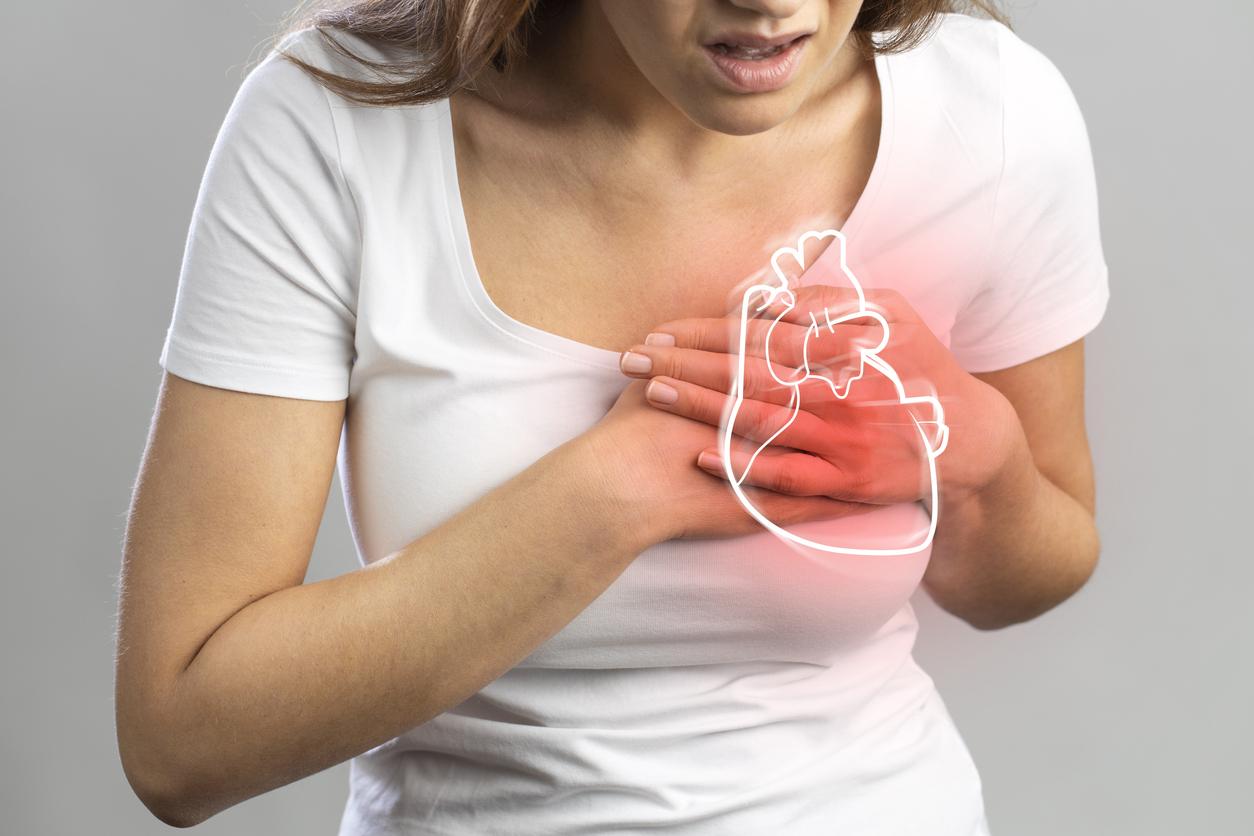When we speak, cough, sneeze … we produce a rapid flow of air coming from the upper respiratory tract and exhaling respiratory droplets.
“The rush of air over the thin layer of mucus that lines the airways can break the surface of the mucus into small droplets in the same way that strong winds cause it to rupture and spray on the surface of the ocean” explain the scientists. A study from the University of Colorado suggests that adults produce 63% more droplets than children, and men produce 30% more than women. In other words, lmen are greater transmitters of covid-19 since we know, dsince the start of the pandemic, that the coronavirus is transmitted mainly by the respiratory route.
Singing produces more respiratory droplets than speaking
In their study, published in Environmental science and technology, the researchers explain having recruited about 100 volunteers aged 12 to 61 whom they installed in an aerosol test chamber. The volunteers participated in the study by singing, talking or playing a wind instrument, while the machines captured and measured the respiratory particles they produced. First discovery: singing produces more aerosols than speaking (77% more). Second discovery: lmales emit more particles than females (30% more on average).
“It’s mainly because men have bigger lungs” explains Prof. John Volckens, lead author of the study. “But that suggests that humans could spread the disease more effectively. ”This remains a hypothetical risk factor, however, since one of the questions scientists have yet to answer is how many viral particles must be inhaled to cause infection.
3 factors common to those who transmit the virus
At the start of 2021, researchers at Harvard University had also assessed the aerosol particles exhaled by nearly 200 volunteers. This analysis allowed them to divide them into different groups, ranging from “super spreaders” (at least 159 virus particles per liter of air) to “weak spreaders”. At the time, the researchers found no correlation with gender (men and women transmitting the virus in the same way), but instead found 3 factors common to virus “super spreaders” : high body mass index, age (also higher) and level of covid-19 infection.
Their study had made it possible to determine that a greater number of particles were expired as the infection progressed but also by obese or elderly people. “But although our results show that young people and people with normal BMI tend to generate much less respiratory droplets than older people and obese people, they also show that all of us, when infected by covid-19, may run the risk of producing a large number of viral droplets “.
Sources:
- Respiratory Aerosol Emissions from Vocalization: Age and Sex Differences Are Explained by Volume and Exhaled CO2, Environmental science and technology, November 2021
- Exhaled aerosol increases with COVID-19 infection, age, and obesity, PNAS, February 2021
Read also :
- What anti-covid measures this winter?
- Covid 19: we don’t open the windows enough
- What is a contact case?
- How long are we contagious?
















